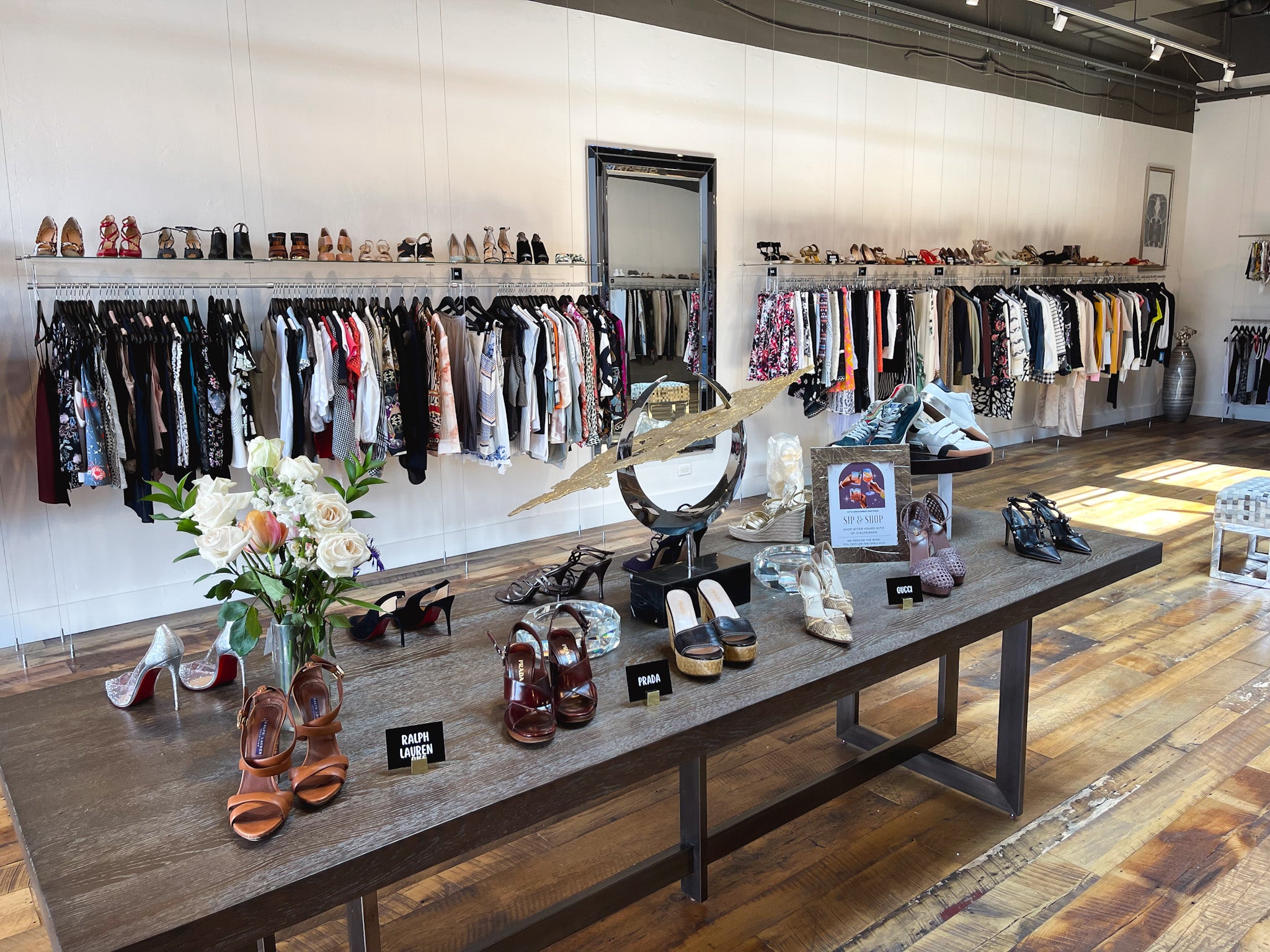A Beginner's Overview to Browsing the Boutique Fashion Scene
Checking Out the Evolution and Effect of Clothing on Modern Fashion Trends
The advancement of clothing has actually considerably influenced modern-day style fads, combining historical criteria with advanced innovations. Iconic figures like Coco Chanel and Yves Saint Laurent changed the style sector by introducing concepts that focus on comfort and availability, which continue to reverberate today.
Historical Fashion Influencers
In the tapestry of fashion history, particular figures have left an enduring mark, shaping the trends and styles that define entire periods. Coco Chanel, an advanced designer, redefined females's fashion by introducing comfortable, stylish clothing that left from limiting bodices. Her legendary Chanel suit and little black gown have actually ended up being classic staples in wardrobes worldwide. Christian Dior's post-war "New Look" in 1947, with its event of feminineness through full skirts and cinched waists, noted a return to luxury and has continued to affect designers.
Elsa Schiaparelli is an additional pivotal figure, renowned for her progressive styles that included surrealist art, working together with Salvador Dalí to create whimsical pieces that tested conventional appearances. Her innovative usage of color and strong patterns resounds in contemporary style. Yves Saint Laurent, at the same time, democratized high fashion with prêt-à-porter collections, bringing path styles to the masses and setting a precedent for modern-day ready-to-wear lines.
These enthusiasts, amongst others, not only reinvented fashion in their times yet also established sustaining fads that resonate in today's apparel industry, supplying a foundation whereupon modern-day developers remain to construct and introduce. Their heritages emphasize the value of creative thinking and bold in vogue's ever-evolving narrative.
Technical Advancements in Fashion
In the middle of the vibrant landscape of the fashion business, technological improvements stand at the leading edge of advancement, reshaping just how developers create and consumers engage with fashion. The combination of 3D printing has transformed layout processes, making it possible for designers to explore intricate frameworks and sustainable products that were formerly impossible. This innovation assists in quick prototyping, lowering waste and speeding up manufacturing times.

Smart fabrics, embedding technology into fabrics, are also changing the industry. Advancements like temperature-regulating and self-cleaning materials use boosted performance and convenience. Wearable innovation, integrating attributes like health and fitness monitoring and interaction, adds a new measurement to style, combining appearances with usefulness.
Social Shifts and Design
As technological innovations remain to improve the fashion business, social changes are equally prominent, redefining design and consumer preferences. Recently, the surge of social networks systems has actually accelerated the dissemination of international style trends, permitting varied cultural impacts to assemble and exist together. This electronic interconnectivity has actually helped with the fast exchange of ideas, causing an extra comprehensive and eclectic interpretation of style that mirrors the complex nature of contemporary society.
Cultural awareness and appreciation have actually motivated designers to draw ideas from a more comprehensive range of historical and ethnic contexts, incorporating standard motifs with modern aesthetic appeals. This fusion has led to style that reverberates with a larger audience, promoting a sense of identification and belonging across various demographics. In addition, the enhancing need for personalization has actually driven brands to offer personalized alternatives, allowing consumers to express originality while reflecting their social heritage.
Additionally, changing social worths have actually impacted style, with inclusivity and diversity coming to be main themes. The market has my blog actually begun to accept designs and influencers of numerous body types, ethnicities, and gender identities, tough conventional appeal requirements. This makeover underscores the power of social changes in shaping the future of fashion, as design becomes a more genuine expression of personal and cumulative identification.
Sustainability and Modern Design
While the style sector continues to evolve, the imperative for sustainability has become significantly immediate, affecting modern-day layout techniques. The rise of sluggish style, which highlights high quality over amount, encourages customers to spend in classic items instead than short-term trends.
Additionally, modern style is identified by its innovation in minimizing waste and promoting circularity. This technique not just minimizes ecological influence however likewise boosts the social responsibility of fashion residences.

Future Trends in vogue

Sustainability will remain to be a driving pressure in shaping future fashion patterns. The market is significantly embracing eco-friendly products and honest production methods, reacting to an expanding consumer need for liable techniques. Technologies such as bio-fabricated products and closed-loop recycling systems are readied to redefine just how garments is created and consumed, decreasing environmental impact while maintaining design and quality.
Social changes, consisting of the increase of inclusivity and variety, will also play an essential role. As society becomes extra knowledgeable about social problems, style is anticipated to end up being a platform for expression and change. Designers will likely concentrate on developing collections that mirror a wider series of experiences and identities, championing depiction and ease of access.
Verdict
The development of clothes considerably impacts modern-day style patterns, where historical impacts combine with modern designs. Trick numbers like Coco Chanel and Yves Saint Laurent have actually redefined style, while technological developments such as 3D printing and wise fabrics increase creative possibilities. Cultural changes towards inclusivity and sustainability compel brand names to take on ethical techniques and accept diversity. This recurring evolution emphasizes fashion's role as a mirror to societal worths and technical advancement, recommending a future rich with development and inclusivity.
The development of clothes has actually dramatically influenced modern style fads, important site merging historic precedents with cutting-edge technologies.Among the dynamic landscape of the fashion sector, technical improvements stand at the leading edge of development, improving how designers develop and read what he said consumers involve with fashion.While the style industry continues to evolve, the important for sustainability has actually come to be increasingly urgent, affecting modern-day design methods. As sustainability becomes embedded in contemporary style, it leads the way for a much more conscious and accountable style sector.
The evolution of garments substantially affects modern-day style fads, where historic influences merge with modern designs.